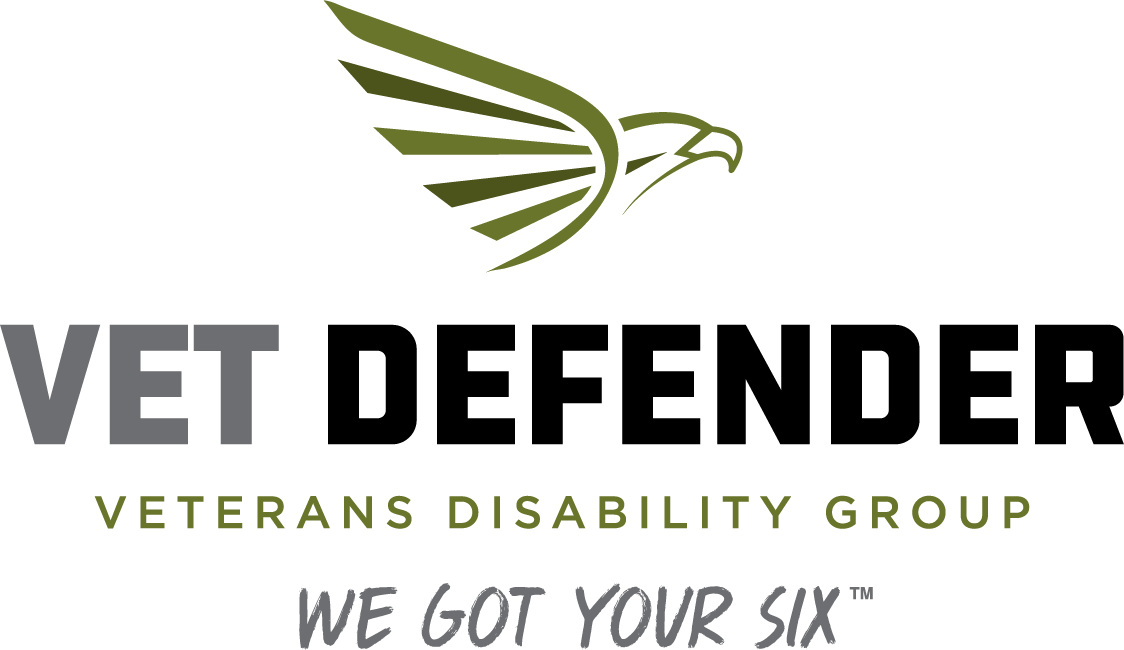How to Handle a VA Disability Claim for PTSD
More attention is given for PTSD in recent years due to the growing concern of suicides among the veteran population. Post-Traumatic Stress Disorder (PTSD) is a medical condition that can develop after experiencing a traumatic event. Some of the common symptoms of PTSD include:
persistent memories of the event, nightmares, re-living the event over and over, not talking to anyone about the event, avoiding any situation that may trigger your bad memories, feeling numb and detached, depressed, disinterested in normal life activities, and feeling on high alert all the time, always watching for danger. Of course this isn’t an exhaustive list as PTSD can manifest in different ways for different people. People who experienced traumatic events in service can apply for disability compensation for PTSD. To prevail on such a claim there are various ways in which you can present your case.
In 2010, the VA eased up the requirements for getting disability compensation for post-traumatic stress disorder. Veterans no longer have to have proof that the event that caused the PTSD occurred. This rule is not just for combat veterans but for all veterans who experienced fear of hostile or terrorist activity.
Here is what is required to establish direct service connection for PTSD:
1. A current diagnosis of post-traumatic stress disorder
2. Proof that the current PTSD is related to an event or injury in service (there are some special rules that modify this requirement somewhat based on certain types of situations such as Military Sexual Trauma or combat veterans).
3. Medical proof that the veteran’s symptoms are serious enough to warrant compensation (compensation is rated at 30%, 50%, 70% and 100%).
To prevail on a claim for PTSD it is important to have strong medical evidence to help meet the evidentiary requirements under the law. To learn more about how you can win your PTSD claim contact our Vet Defender by scheduling an appointment. Go to this link to schedule your appointment today: Schedule an Appointment.
